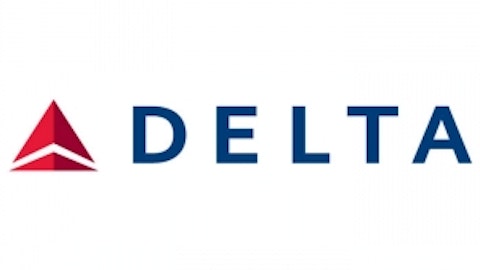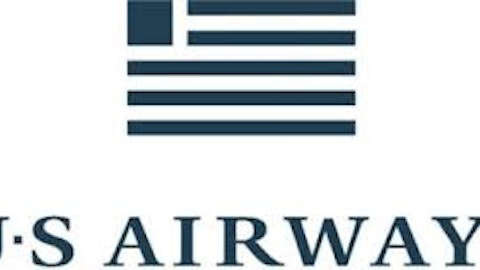Lastly, Spirit Airlines is attacking American’s hubs in Dallas and Chicago with its “ultra-low-cost” model. While Spirit is a niche carrier with only 45 aircraft at the end of 2012, it is growing rapidly and has ordered more than 100 additional aircraft for delivery over the next decade. Spirit entered Dallas (a market dominated by American) in May 2011 with just two destinations and four flights a day. Less than two years later, it offers 22 nonstops to fifteen destinations, with seven more destinations to be added this spring. With costs approximately 40% below legacy carriers (including American), Spirit can underprice them to rapidly gain market share. Spirit’s rapid growth in some of American’s core markets is thus a worrisome trend.
Merger integration pain
Cramer’s supposition that competition is decreasing seems incorrect. However, at an even more basic level, the process of integrating American and US Airways will involve significant costs, and mistakes are virtually inevitable. Management currently expects $1.2 billion of one-time integration costs, as well as $400 million of increased pay annually, primarily for US Airways workers who have long earned well below the industry average.
These known costs are expected to be offset by nearly $1.5 billion in revenue and cost synergies by 2015. If integration goes well, that target may be achievable. However, the case of United Continental shows how difficult merger integration can be. Leading up to the March, 2012 integration of United and Continental technology systems, the United management team was confident that the “cutover” would be smooth, after having done several dry runs. Instead, the cutover was a disaster, and the resulting fallout was a major reason why United’s adjusted profit dropped by more than 50% in 2012.
The moral of the story is that even when management thinks it has planned for every integration contingency, major problems can crop up. Integrating two large and complex organizations is an extremely difficult task. The resulting risk of owning US Airways as it tries to integrate with American Airlines makes it unwise to invest in the company right now.
Conclusion
I have dealt here with just two of the potential stumbling blocks ahead of US Airways and American Airlines. Other possible problems include its weak position in Asia (you can count the combined carriers’ routes to Asia on your fingers) and a low ranking in the Airline Quality Rating survey.
Consolidation is helping the airlines, but that benefit is offset in the case of US Airways by the costs and risks of integration, as well as the entry of Southwest and Spirit into several US Airways and American Airlines hubs, where they may put pressure on fares and depress margins. That’s why I think you should ignore Cramer, and stay away from US Airways for now. Do you disagree? Leave a comment for me below.
If you’re on the lookout for some stocks that could surge in a high oil price environment, check out The Motley Fool’s “3 Stocks for $100 Oil.” You can get free access to this special report by clicking here.
The article Why Jim Cramer Is Dead Wrong About Airlines originally appeared on Fool.com and is written by Adam Levine Weinberg
Fool contributor Adam Levine-Weinberg owns shares of Delta Air Lines and is short Mar $14 calls on Delta Air Lines. Adam Levine-Weinberg is short shares of United Continental Holdings (NYSE:UAL). The Motley Fool recommends Southwest Airlines. The Motley Fool owns shares of Spirit Airlines.
Copyright © 1995 – 2013 The Motley Fool, LLC. All rights reserved. The Motley Fool has a disclosure policy.




